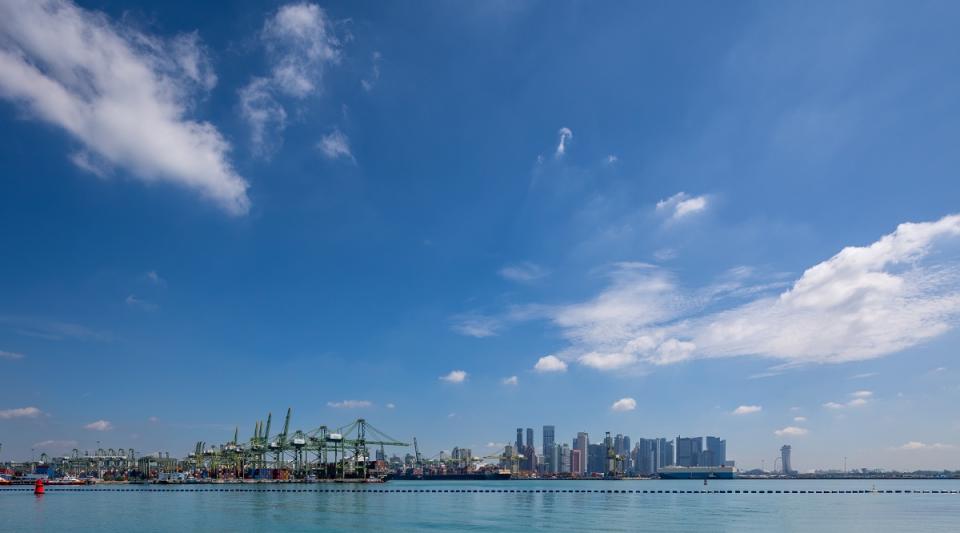Asean exporters' recovery facing growing and multi-faceted competition from China: Maybank

Vietnam has the highest level of overlap
Export-oriented Asean economies are poised to ride on a long-awaited rebound in global goods demand, particularly electronics.
Certain countries such as Vietnam and Malaysia are benefiting, too, from more foreign direct investments as supply chains are reconfigured to skirt around China.
However, with China pushing ahead to double down on its industrial thrust in areas ranging from advanced manufacturing to pharmaceuticals without an immediate and corresponding boost to local demand, leading to over-capacity.
Favourable policies at a national level include bio-pharmaceuticals, aerospace and drone technology, on top of EVs and renewable energy.
"This could be further amplified if an uncoordinated rush by different provinces to build capacity in a few favoured sub-sectors results in over-expansion in those pockets," warns Maybank's economists.
"Less emphasis on growing the services sector—the leading generator of jobs—would also weigh on employment and, in turn, private consumption. These could perpetuate producer price deflation and a need for manufacturers to rely increasingly on exporting what they produce," Maybank adds.
As such, Asean manufacturers, similarly export-oriented, face short to medium-term challenges in their recovery bid with stiffer competitive pressure from China, warns the Maybank's economists.
Among the key Asean economies, Vietnam has been identified as the one with the highest overlap in the “areas of concern” with China, at about 61% of its industrial mix.
"While its automotive sector is in its fledgling stages, Vietnam has a significant share of both high-tech manufacturing as well as labour-intensive light manufacturing," notes Maybank.
Singapore, meanwhile, has the second-largest overlap, mostly due to the nearly 60% share of high-tech manufacturing.
"China’s policy thrust targets sophisticated products such as semiconductor chips, bio-pharmaceuticals and aerospace engineering — areas in which Singapore has a relative edge," says Maybank, adding that semiconductors and pharmaceuticals respectively account for 41.4% and 6.6% of Singapore’s total manufacturing output.
Nonetheless, the exposure might be somewhat shielded.
According to Maybank, biomedical manufacturers in Singapore are mostly global MNCs, such as GSK, Pfizer and AbbVie, which face market access barriers in China from local regulations.
On the flipside, Singapore could benefit from the rise of China’s pharmaceutical industry, through an increase in foreign investments.
Chinese pharmaceutical companies such as Wuxi Biologics and China Medical Systems plan to set up research and production facilities in Singapore, given how the country is seen as a gateway and ideal production hub for the rapidly-developing Asean market, says Maybank.
Similarly, the semiconductor players here in Singapore and China may not compete on an equal footing in Western markets, given that Chinese-made chips could face trade barriers and export controls due to national security concerns.
"Moreover, Singapore’s semiconductor industry has indirectly benefited from China-West technological rivalry, attracting more investments as chipmakers and their suppliers diversify production away from China and highly-concentrated semiconductor hubs like Taiwan and South Korea," says Maybank.
That said, Singapore’s exports to China may be impacted by the latter’s build-up of local production capabilities and self-sufficiency in its supply chain.
In 2022, China and Hong Kong accounted for around 47% of Singapore’s semiconductor exports and 14% of pharmaceutical exports.
See Also:
Click here to stay updated with the Latest Business & Investment News in Singapore
Factories around the world are slowly cranking into gear again
Get in-depth insights from our expert contributors, and dive into financial and economic trends

 Yahoo Finance
Yahoo Finance 